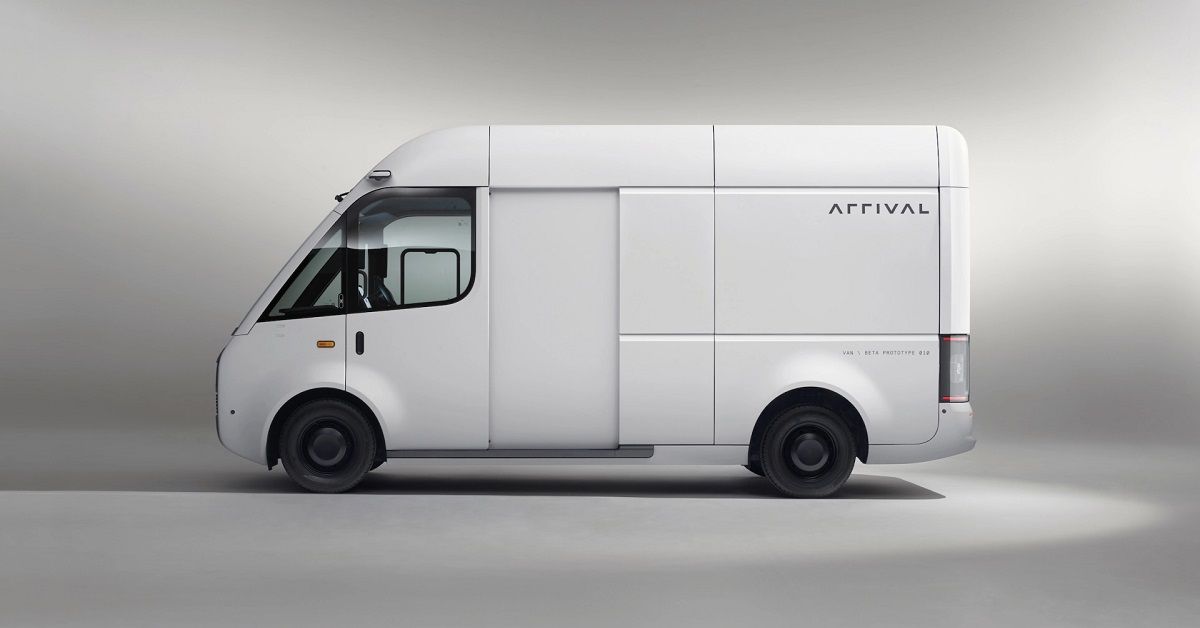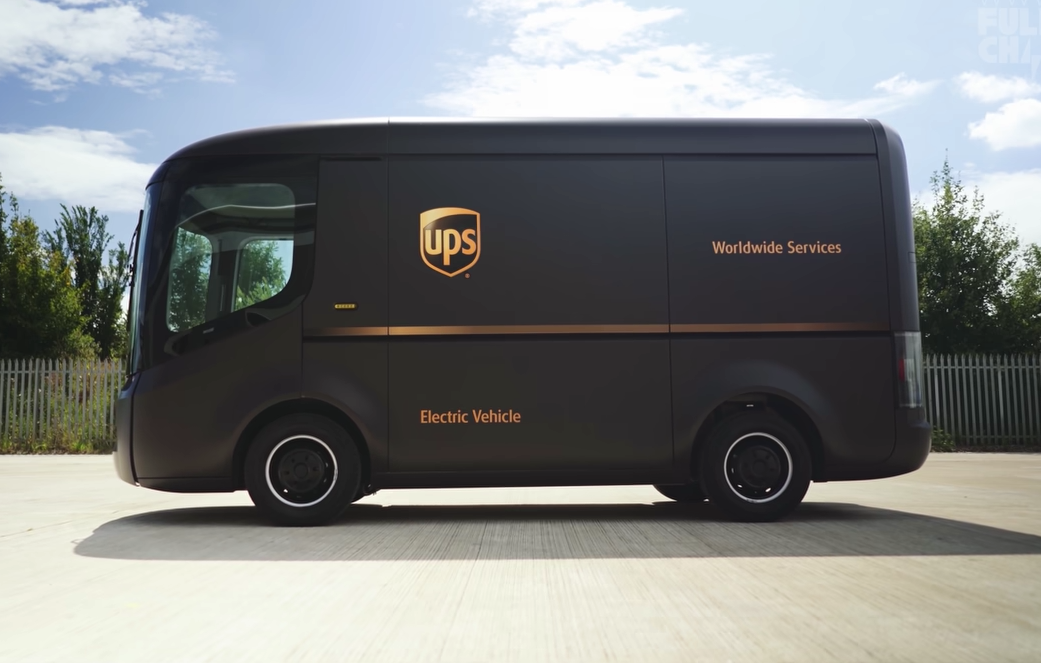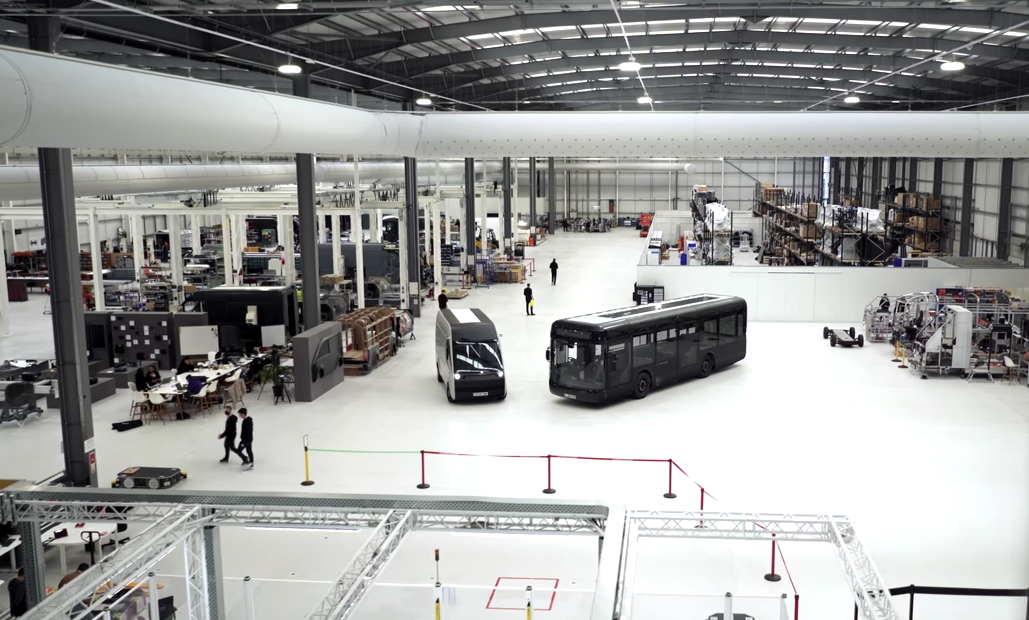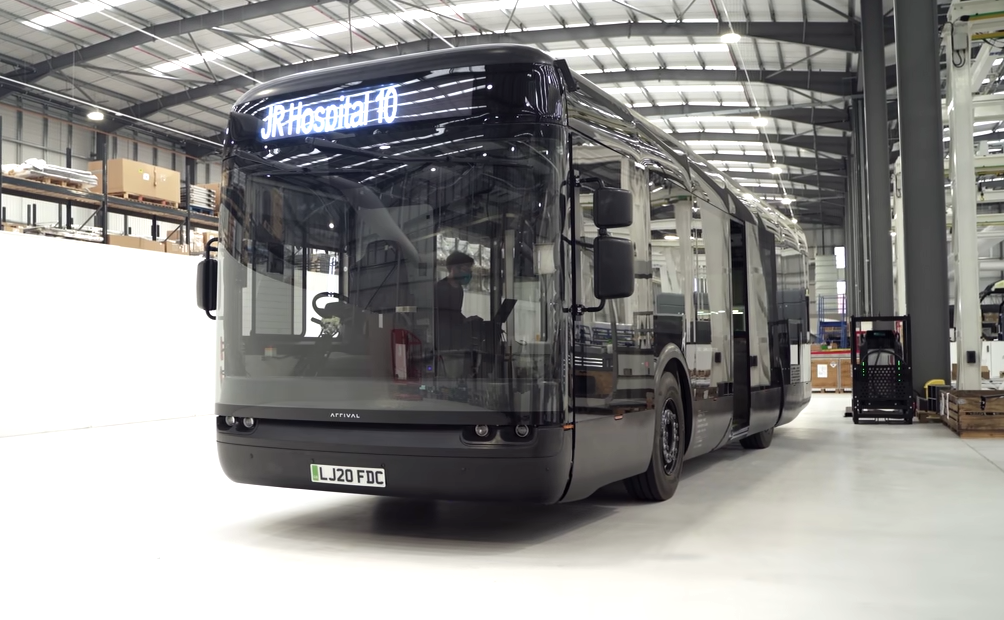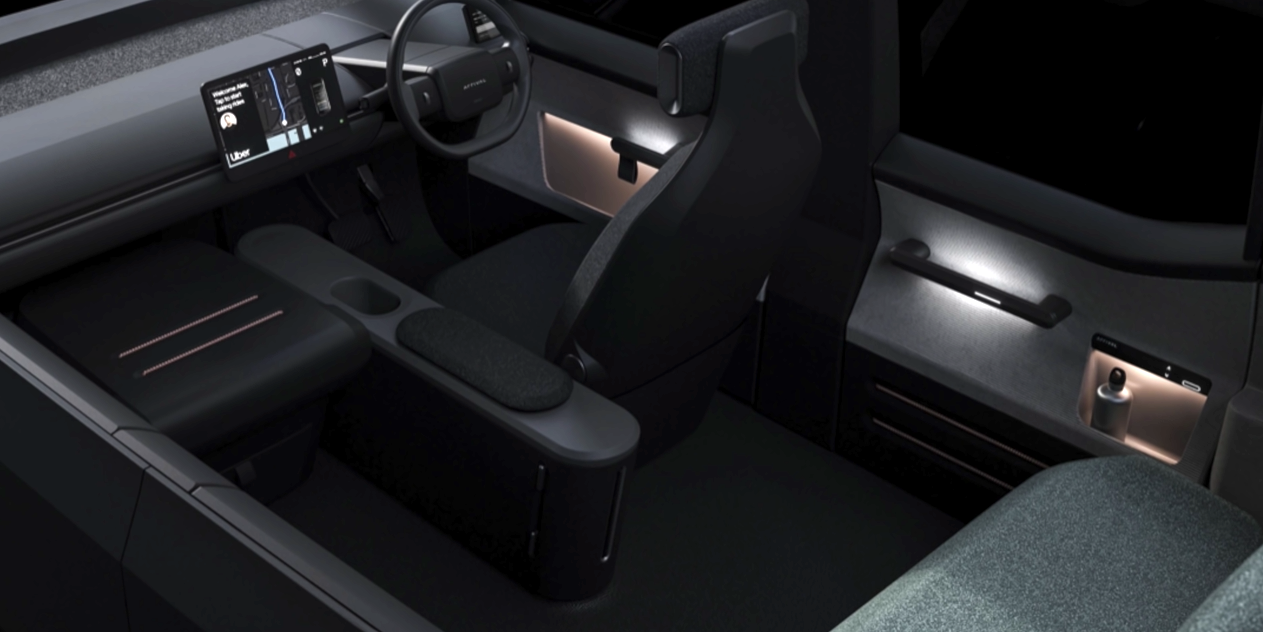EV startup Arrival intends to redefine vehicle production with modular designs and micro-factories - but can it succeed amid stiff competition from larger and more established brands?
Britain’s Arrival is the new kid on the EV block. Founded in 2015 by Russian entrepreneur Denis Sverdlov, the company has already signed deals to build commercial vehicles for UPS and Uber and attracted major investment from two big hitters in the auto industry, Hyundai and Kia.
Since March, Arrival has been trading on Nasdaq following last year’s merger with blank-check company CIIG Merger Group, and its value now stands at a whopping $5.4b.
For any established vehicle manufacturing company, this would seem quite normal, but Arrival has achieved all this without selling a single vehicle and before having a production-ready factory.
Saying Goodbye To Traditional Assembly Lines
The company has a clear production plan by focusing almost exclusively on building commercial EVs instead of cars. According to Arrival President Avinash Rugoobur, the commercial vehicle and bus market alone is worth about $445 billion globally, while EVs have the distinct advantage over their fossil-fuelled rivals in that they are cheaper to operate and maintain, as well as being far more driver-friendly.
Investors have seen the potential. Just as importantly, the UK-based startup believes it can adapt more quickly than the competition, thanks to its innovative production plan that relies on micro-factories instead of large assembly plants.
According to Arrival, a micro-plant can be up and running within six months, compared to a conventional factory, which can take up to two years to set up. In principle, a smaller factory has a lower output, which results in lower profits, but such a factory can also prove to be more resilient and adaptable when there is a drop in demand.
So far, Arrival has opened an R&D facility in Banbury, Oxfordshire, and a North American headquarters in Charlotte, North Carolina. A production plant in Bicester, England, is expected to be fully functioning by 2022.
Arrival has showcased a number of vehicles to date – among them a city bus and a van – but the next goal is to launch a purpose-built car (more on that later).
The company believes it can also compete with big rivals by keeping costs down and by offering price parity with traditional gasoline-powered vehicles – currently one of the biggest drawbacks of buying an EV.
Arrival says it can do this by designing and manufacturing all vehicle components in-house. That includes the chassis, powertrain, software, and all mechanical and electrical systems, many of which are modular and installed on a skateboard-style design grid that’s simpler and more adaptable to customers’ requirements.
The vehicle itself is cheaper and lighter to build because body panels are made of a mix of fiberglass and polypropylene instead of steel, and there are no expensive paint shops involved as the colors are molded directly on. By having a lighter vehicle, designers can also fit smaller and cheaper battery packs.
Aiming High In A Booming Sector
If it works, this ‘vertically integrated’ method could be a game-changer, although rival Tesla has found out the hard way that unforeseen problems only begin to emerge once full production starts.
Arrival’s van will be slightly more expensive than the new internal combustion-engine Ford Transit, but it will be notably cheaper to maintain and service. It will also undercut the new Mercedes eSprinter by at least $6,000 and Volkswagen’s e-Crafter by a lot more.
The biggest issue facing Arrival is that it has no track record in vehicle production, and in a booming sector buzzing with grandiose claims, there are questions about the company’s ability to set up a fully robotized production line. To illustrate the point, EV brand Nikola was recently accused of overstating its technological knowledge, prompting a U.S. government investigation.
Be that as it may, Arrival has secured major corporate funding to back its ambitious goals. In January 2020, parcel delivery firm UPS bought a minority stake in the company and placed an order for 10,000 purpose-built, zero-emission vans in a deal worth almost $500m.
Virtually at the same time, Arrival announced that Hyundai and Kia were investing $100 million in the company. Work also began last year on a city bus in partnership with First Bus, one of Britain’s biggest public transport operators.
And after a shaky start on the Nasdaq, Arrival shares went up seven percent last week following news that it had struck a partnership with ride-hailing firm Uber to build a purpose-built vehicle – Arrival’s first car – as part of the firm’s pledge to provide an all-electric fleet in London by 2025.
The project will see Uber drivers playing an active role in the design process as part of Arrival’s desire to prioritize driver comfort, safety, and convenience. The car should break cover before the end of the year and go into full production sometime in 2023.
Maybe by then, we will be able to say that Arrival has well and truly arrived.

